Brain Aneurysms Treatment in Hyderabad
What are cerebral aneurysms
The aneurysms are balloon like swellings of the blood vessels of the brain. Their incidence is 1 in 1000 in general population. The cause of the aneurysms is not well known. They are common in females. They are described to be present in certain genetic conditions like autosomal dominant polycystic kidney disease, Ehler Danlos syndrome etc. Hypertension is known to accelerate the growth of the aneurysms.

The Ultimate Guide to Aneurysm Coiling Procedure
What are the symptoms of cerebral aneurysms
Symptoms caused by cerebral aneurysms can be attributed either to rupture of the aneurysms or to the pressure effect due to their sheer size. Cerebral aneurysm rupture can produce subarachnoid haemorrhage,

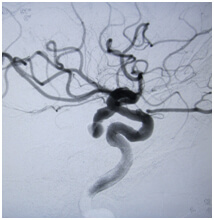

Do all the aneurysms require treatment
Rupture of Intracranial aneurysms is the commonest cause of non traumatic subarachnoid haemorrhage - a form of brain hemorrhage. Closing of the aneurysm is an emergency in such cases to prevent rerupture. So all ruptured aneurysms should be treated as early as possible. Aneurysms causing symptoms due to compression should also be treated.
Aneurysms detected on imaging while evaluating for other causes are called incidental aneurysms. Incidental aneurysms of size > 5 mm, in intradural location should be treated. These kind of aneurysms should be dealt on individual patient basis, with consideration of other factors including age, family history and personal history.
What are the treatment options for aneurysms
Aneurysms can be treated by open surgical method - clipping or by endovascular method - coiling. The decision to undergo clipping or coiling depends upon site of aneurysm, local institutional experience, expertise. According to American stroke association guidelines- 2012 ( Published in stroke journal- Reference - Stroke. 2012 Jun;43(6):1711-37) if the aneurysm is feasible to be treated by both endovascular and surgical methods, coiling should be preferred over clipping
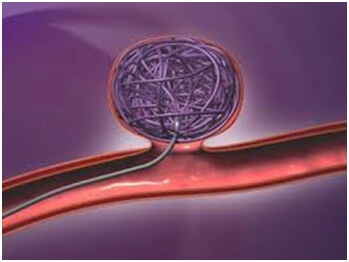
Details about coiling procedure for cerebral aneurysm
Endovascular coiling is aimed at avoiding blood flow into the aneurysm by occluding the aneurysmal sac with soft, malleable coils. The procedure requires meticulous placement of the coils inside the aneurysm while avoiding them in the normal brain blood vessel. Various variants of the coiling techniques (Balloon assisted, stent assisted) are performed depending upon the anatomy of the aneurysm. The coiling procedure is performed by making a pinhole through the thigh, without opening the brain enabling e relatively faster recovery.

What is the average duration of the in-hospital stay for aneurysm coiling patients ?
It varies with the status of the aneurysm before coiling. If the aneurysm is already ruptured, the hospital stay is going to be longer as compared to that of an unruptured aneurysm, as there are certain standard haemorrhage associated complications ( Vasospasm, electrolyte abnormalities) which may take time to settle down. So, it is imperative to say that a cerebral aneurysm treatment is going to be less risky, if it is done before its rupture, provided the coiling/ clipping procedure is done at expert hands with less complications.
What is the chance of recurrence or regrowth of the aneurysm after coiling procedure?
The regrowth of the aneurysm after coiling procedure is fairly less common, especially for small aneurysms. For large aneurysms and giant aneurysms the chance of recurrence is relatively more common, however with the advent of stent assisted coiling, flow diverters for giant aneurysms, regrowth of the aneurysms has considerably decreased. We advise close follow up of all the patients who undergo coiling procedure, with MR angiogram. The chance of regrown aneurysm after coiling, causing rupture of the aneurysm is only 1.2%
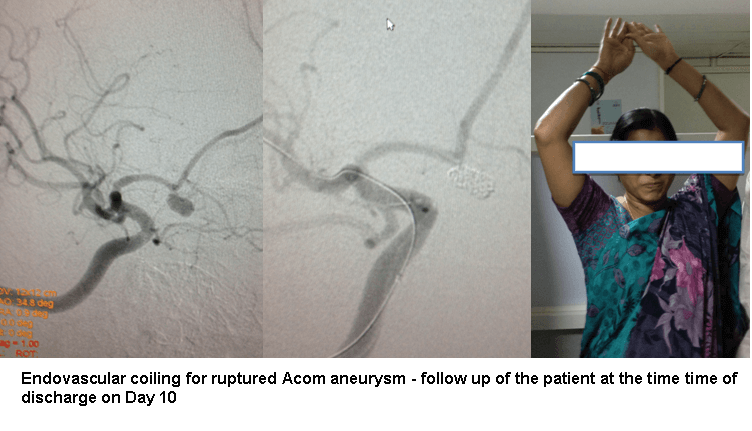
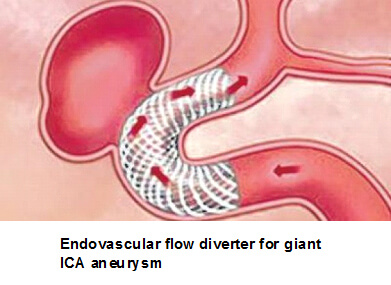
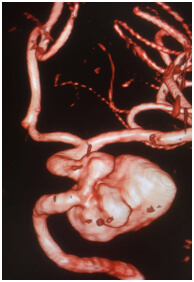
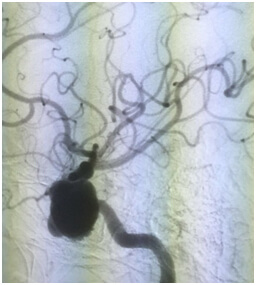
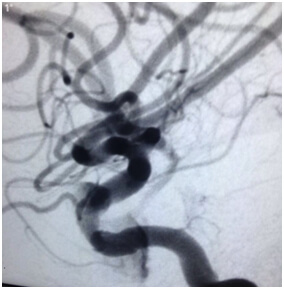
DR.SURESH GIRAGANI CONSULTANT INTERVENTIONAL RADIOLOGIST at Apollo Hospital, has more than Seventeen years of clinical experience in vascular interventions with a special interest in neurovascular and peripheral vascular disease interventional procedures.
Services
Quick Links
Contact Us
Copyright 2021 Neuro All rights reserved. | Powered By KBK Business Solutions


